On March 11, PPPL opened its new Quantum Diamond Lab, a space devoted to studying and refining the processes involved in using plasma, the electrically charged fourth state of matter, to create high-quality diamond material for quantum information science applications.
Tag: plasma physics
Debra Callahan Receives 2023 Ronald C. Davidson Award for Plasma Physics
Physics of Plasmas has bestowed the 2023 Davidson Award to Debra Callahan for her paper “Exploring the limits of case-to-capsule ratio, pulse length, and picket energy for symmetric hohlraum drive on the National Ignition Facility Laser.” The annual award of $5,000 is presented in collaboration with the APS Division of Plasma Physics to recognize outstanding plasma physics research by a Physics of Plasmas author.
Early career scientist wins prestigious Hungarian physics award
Laszlo Horvath, an early career physicist at PPPL, is the winner of the 2022 Károly Simonyi Memorial Plaque from the Hungarian Nuclear Society.
The Mechanism Of Cosmic Magnetic Fields Explored in the Laboratory
Recent research shows that magnetic fields can spontaneously emerge in a plasma if the plasma has a temperature anisotropy. This mechanism is known as the Weibel instability. This new research is the first to unambiguously observe the Weibel instability in the laboratory. It offers a possible solution to the problem of the origin of the microgauss-level magnetic fields that permeate the galaxies.
2022 Ronald C. Davidson Award for Plasma Physics Goes to Ian H. Hutchinson
AIP Publishing has selected Ian H. Hutchinson, a professor of nuclear science and engineering at MIT, as the recipient of its 2022 Ronald C. Davidson Award for Plasma Physics for his paper, “Electron holes in phase space: What they are and why they matter.” The annual award of $5,000 is presented in collaboration with the APS Division of Plasma Physics to recognize outstanding plasma physics research by a Physics of Plasmas author.
PPPL in the spotlight: national CBS news program focuses on fusion energy
The U.S. Department of Energy’s Princeton Plasma Physics Laboratory and Steve Cowley, PPPL’s director, were featured on the July 23 “CBS Saturday Morning.”

PPPL launches project to build the Princeton Plasma Innovation Center
PPPL moved forward with plans to build the Princeton Plasma Innovation Center (PPIC), a new state-of-the-art office and laboratory building and the first new building on campus in 50 years. The project kicked off during a meeting with architects on July 8.
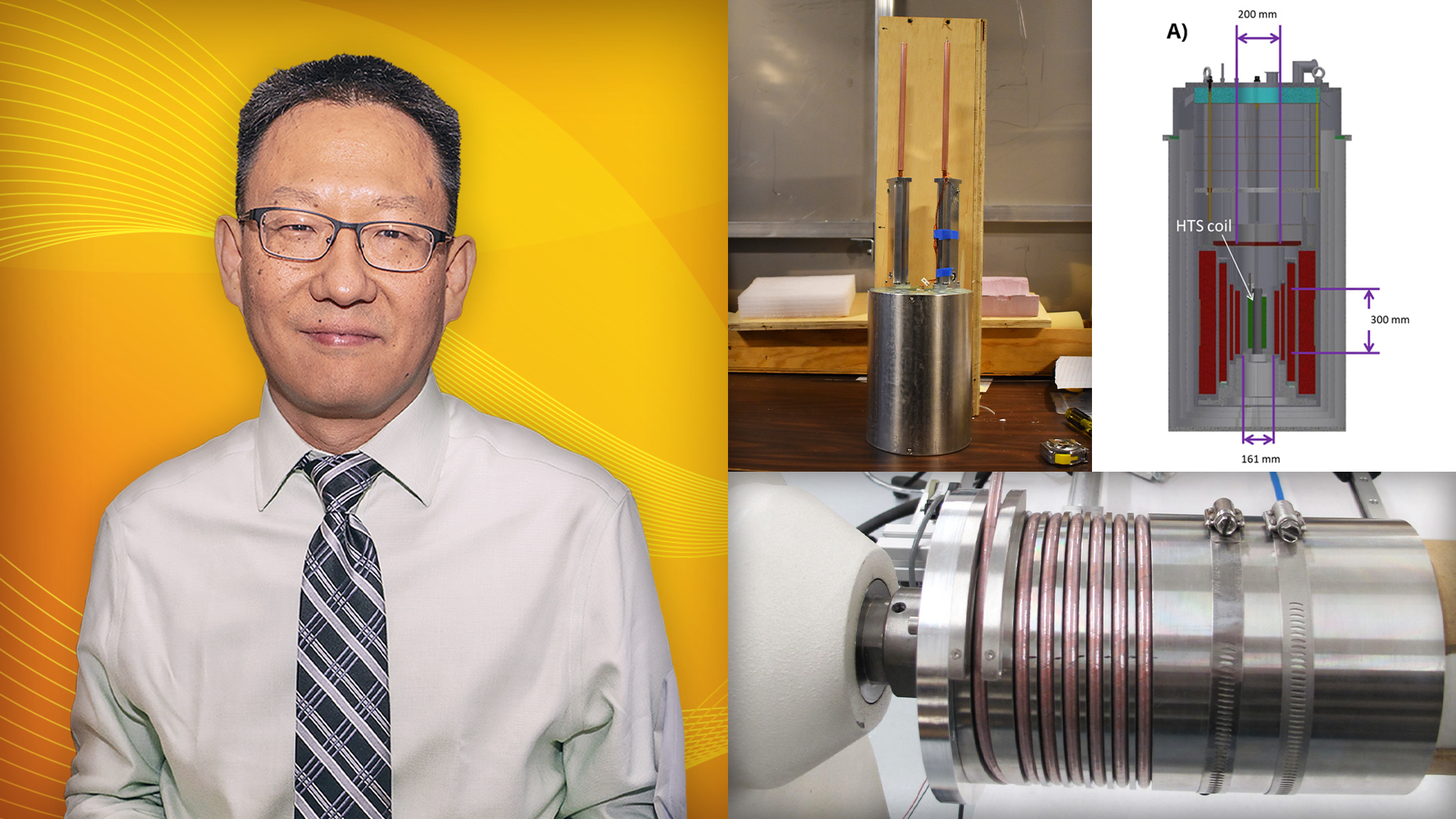
Smaller, stronger magnets could improve devices that harness the fusion power of the sun and stars
PPPL researchers have found a way to build powerful magnets smaller than before, aiding the design and construction of machines that could help the world harness the power of the sun to create electricity without producing greenhouse gases that contribute to climate change.
Discovering an unsuspected hurdle for stellarator fusion facilities
Story reveals a potentially critical issue for stellarator designers to avoid.
Physicist Greg Hammett honored for his work advancing understanding of fusion plasmas
Theoretical and computational physicist Greg Hammett, a leader in advancing understanding of the complex turbulence that controls the performance of fusion plasmas and a dedicated educator, has been named a 2021 Distinguished Scientist Fellow by the DOE’s Office of Science.
Scientists demonstrate pathway to forerunner of rugged nanotubes that could lead to widespread industrial fabrication
Collaboration led by PPPL has identified a chemical pathway to an innovative nanomaterial that could lead to large-scale production for applications ranging from spacesuits to military vehicles.
Travis Sjostrom Honored for Excellence in Plasma Physics Research
Los Alamos scientist Travis Sjostrom has been selected for a 2021 John Dawson Award for Excellence in Plasma Physics Research from the American Physical Society (APS).
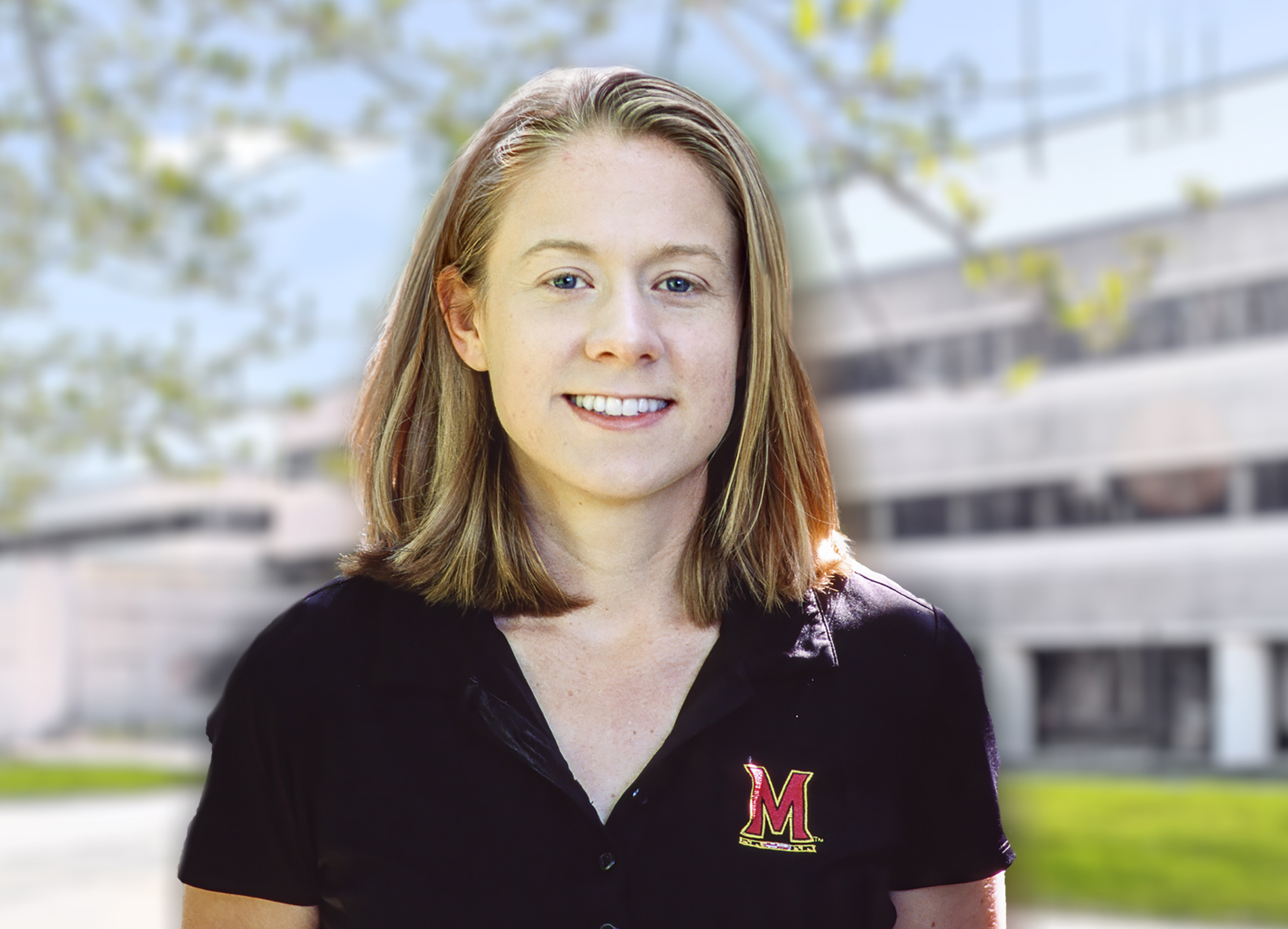
Presidential postdoctoral fellow at Princeton University and PPPL wins highly competitive award for groundbreaking research
News release profiles award-winning physicist Elizabeth Paul, whose work advances the development of fusion devices called stellarators that aim to harvest on Earth fusion energy.
Department of Energy Announces $9.35 Million for Research on High Energy Density Plasmas
Today, the Department of Energy’s Office of Science (SC) and the National Nuclear Security Administration (NNSA) announced $9.35 million for 21 research projects in High-Energy Density Laboratory Plasmas (HEDLP).
PPPL selected for three new public-private partnerships to speed the development of fusion energy
These partnerships facilitate breakthroughs in harvesting on Earth the fusion power that drives the sun and stars.
Scientists develop a new tool for measuring radio waves in fusion plasmas
PPPL scientists have developed a path-setting way to measure RF waves that could lead to enhanced future experiments aimed at bringing fusion energy to Earth.
Discovery of 10 faces of plasma leads to new insights in fusion and plasma science
Scientists uncover new properties of plasma that have wide potential applications for astrophysical and fusion plasmas.

Renowned physicist steps down from Theory Department leadership at PPPL to devote full time to teaching and research
Physicist Amitava Bhattacharjee steps down as head of the PPPL Theory Department that he has transformed during nine years of leadership.
Space weather and solar blobs
Scientists at PPPL have been awarded three grants from NASA totaling over $2 million to conduct research that could help predict the potentially damaging effects of blasts of subatomic particles from the sun.
Uncovering secrets of the sun
WVU physicists are uncovering secrets of the sun’s turbulent surface in the lab. A new study featured on the cover of the March 2021 issue of Physics of Plasmas is the first published research from the PHASMA experiment in the Center for Kinetic Experiment, Theory and Integrated Computation Physics.
Department of Energy Announces $11 Million for Research on Quantum Information Science for Fusion Energy Sciences
Today, the U.S. Department of Energy (DOE) announced $11 million for ten projects in Quantum Information Science (QIS) with relevance to fusion and plasma science.

Scientists propose lithium to cope with high-risk condition in future fusion facilities
PPPL scientists have created a plan using liquid lithium to keep the full force of extreme and potentially damaging heat from hitting the divertor region that will release heat from future tokamak fusion facilities.

Team led by PPPL physicist wins major supercomputer time to help develop fusion energy
Article describes allotment of supercomputer hours through the U.S. Department of Energy’s INCITE program to enable PPPL-led team to extend its previous INCITE work into areas of critical interest for next-step fusion facilities.
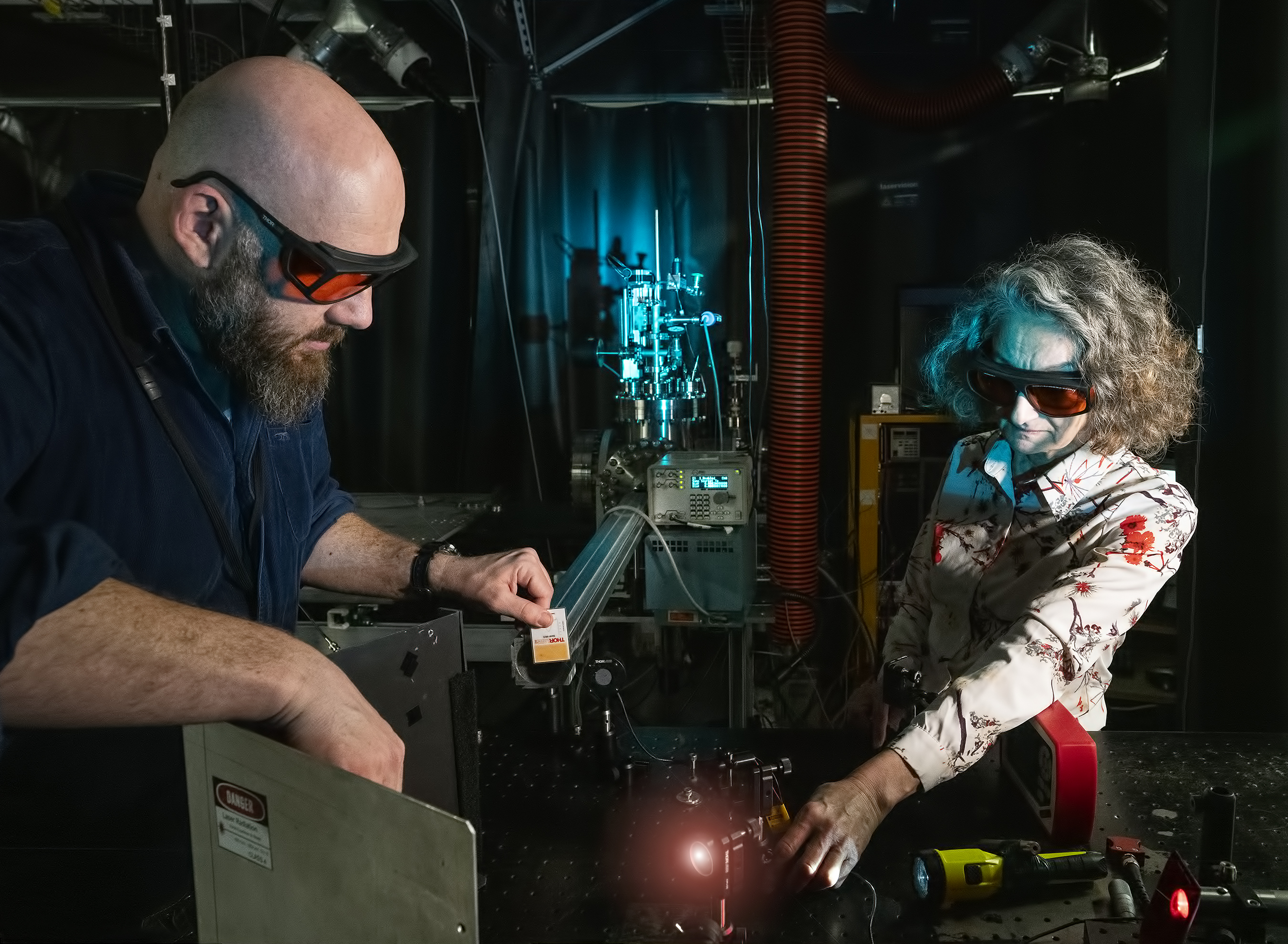
New national facility at PPPL and Princeton University explores low temperature plasma for innovative uses
New Princeton Princeton Collaborative Low Temperature Plasma Research Facility at PPPL provides access to world-class diagnostics, computational tools, and expertise in plasma physics for characterizing low temperature plasmas (LTP) — a rapidly expanding source of innovation in fields ranging from electronics to health care to space exploration.

New findings could improve understanding of potentially damaging solar storms
When fast-moving particles from the sun strike the Earth’s magnetic field, they set off reactions that could disrupt communications satellites and power grids. Now, PPPL scientists have learned new details of this process that could lead to better forecasting of this so-called space weather.
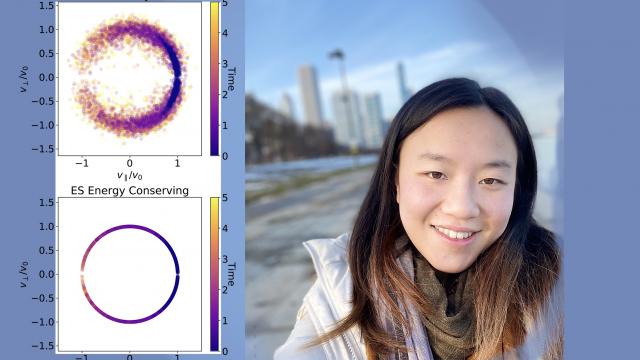
Advancing the arrival of fusion energy through improved understanding of fast plasma particles
PPPL scientists have developed a unique program to track the zig-zagging dance of hot, charged plasma particles that fuel fusion reactions.
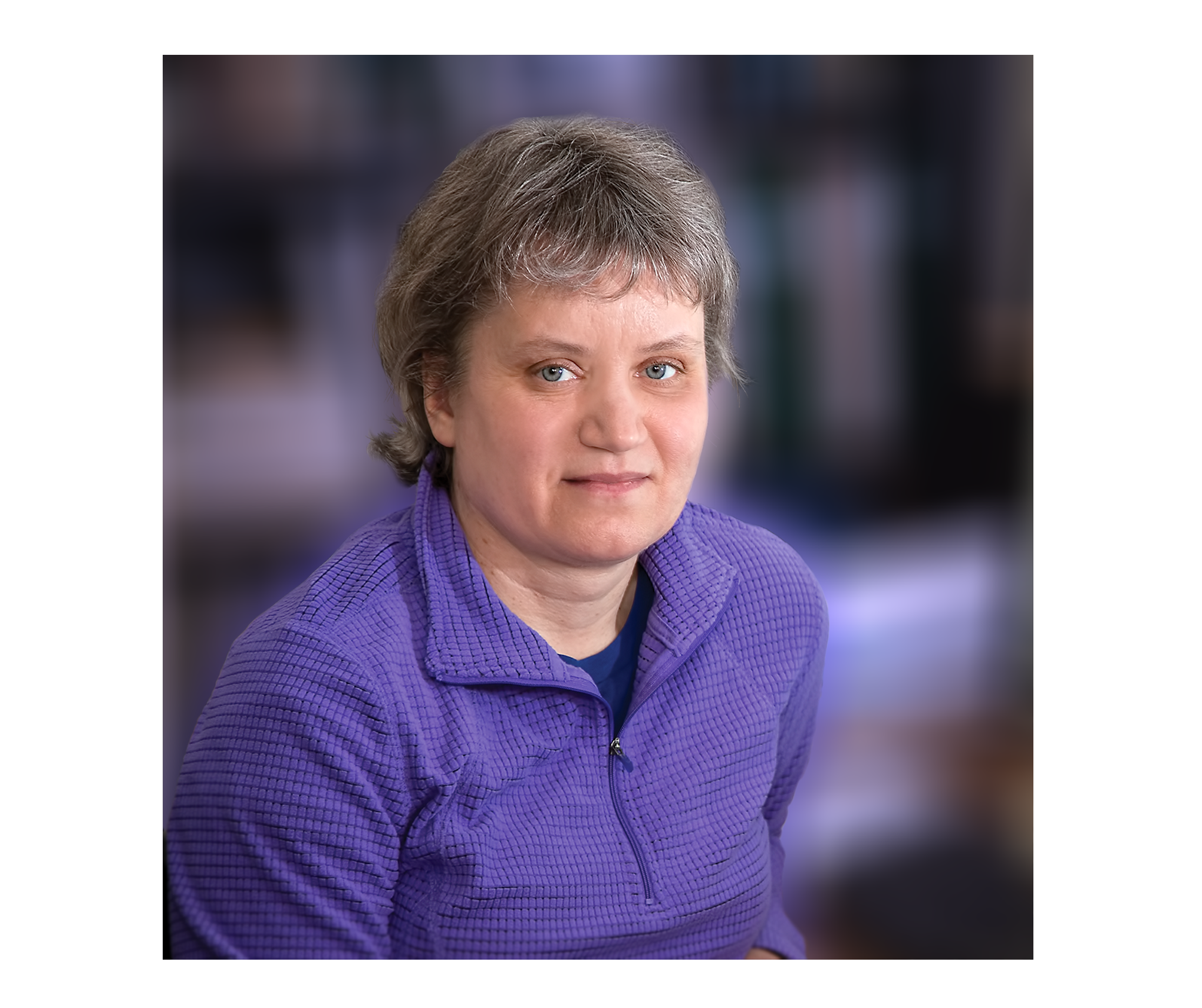
Path-setting theoretical physicist Elena Belova elected an APS Fellow
Profile of PPPL physicist Elena Belova, a pioneer in developing hybrid simulation codes in fusion and space plasmas, who has been elected a Fellow of the American Physical Society.
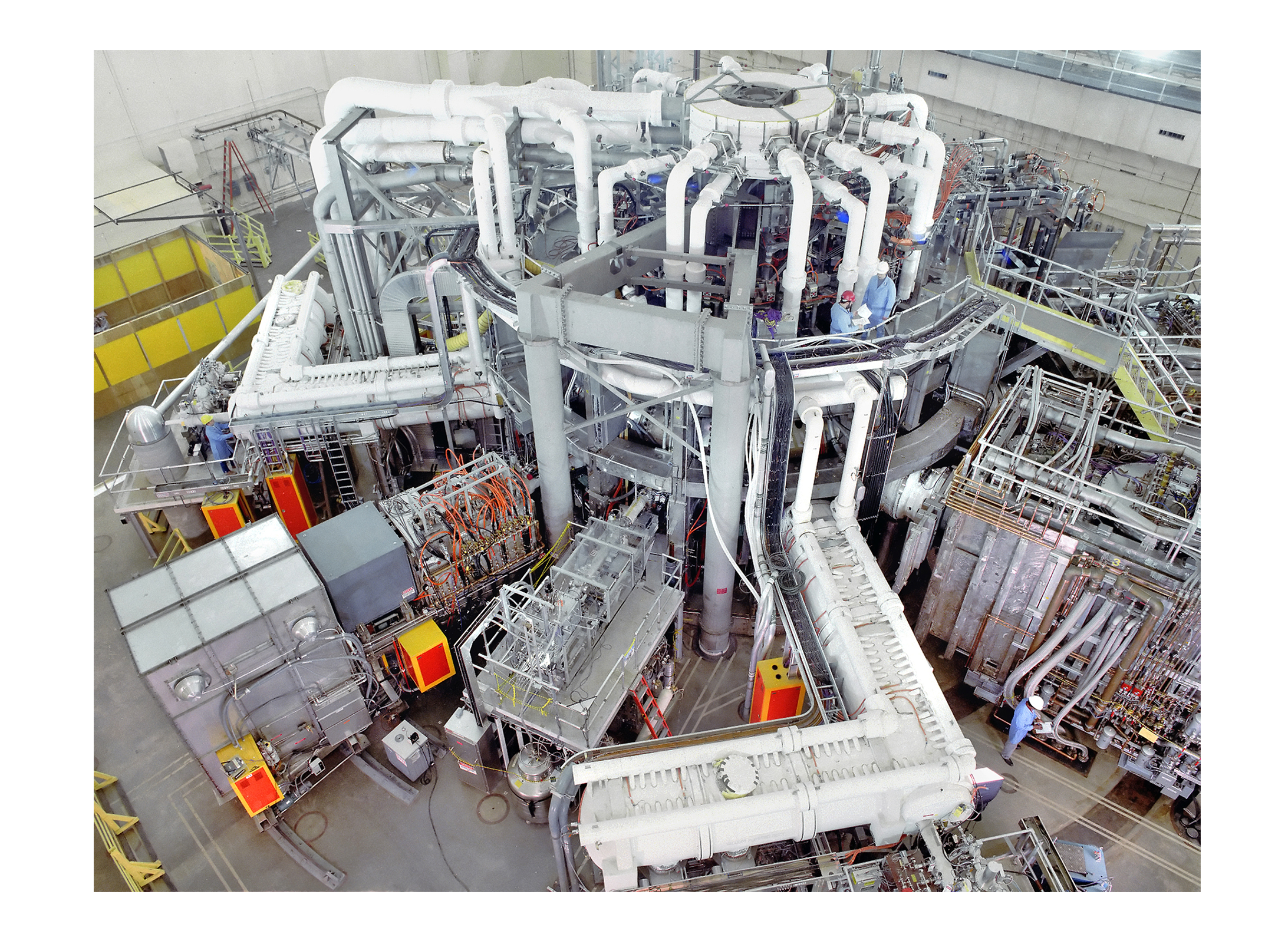
The American Nuclear Society designates the groundbreaking Tokamak Fusion Test Reactor a Nuclear Historic Landmark
The record-setting PPPL tokamak that laid the foundation for future fusion power plants receives the distinguished landmark designation from the the American Nuclear Society.
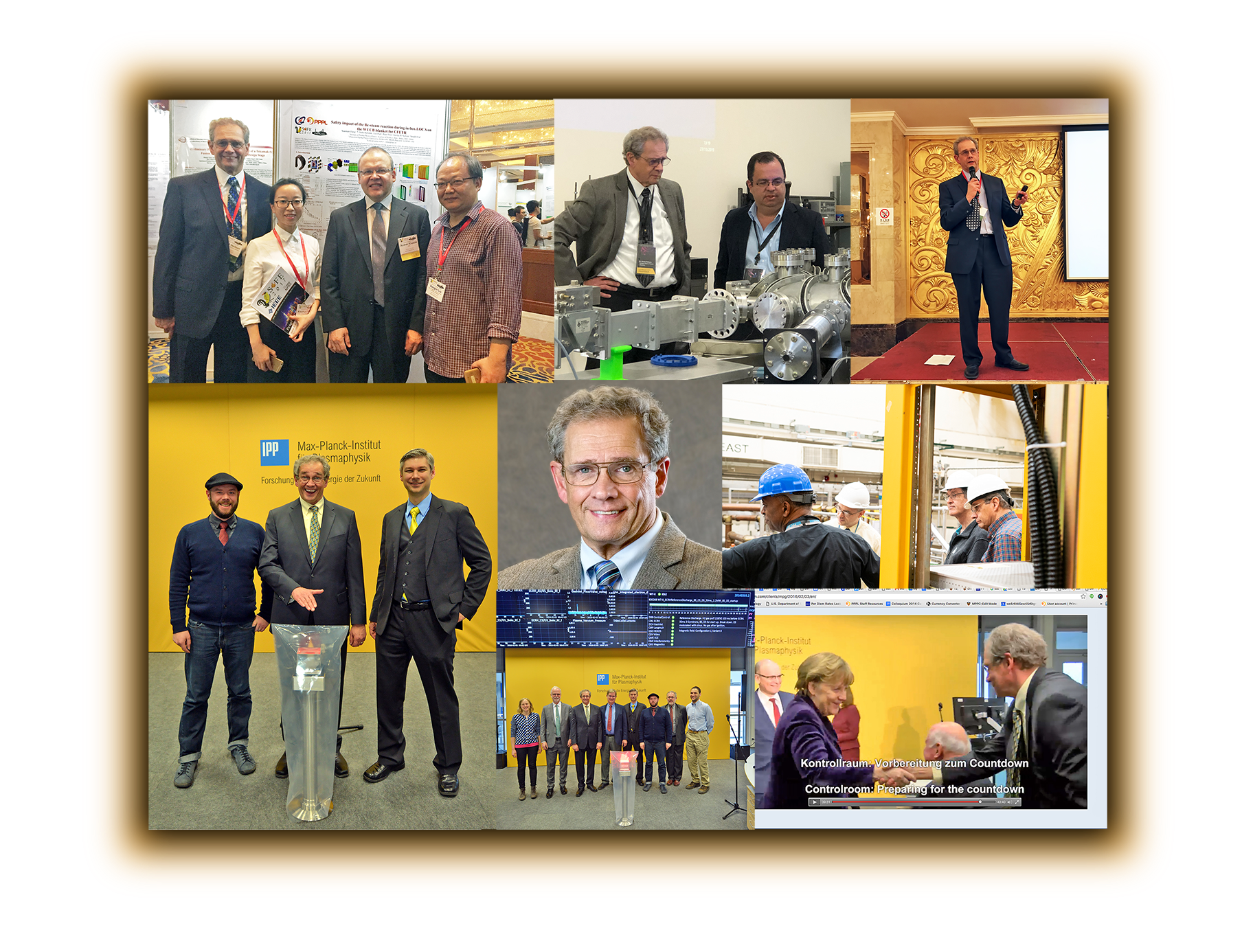
PPPL physicist Hutch Neilson receives award for decades of leadership on national and international fusion experiments
Hutch Neilson, a physicist at PPPL who is head of ITER Projects, has received the 2020 Institute of Electrical and Electronics Engineers’ (IEEE) Nuclear & Plasma Sciences Society (NPSS) Merit Award for decades of achievements, including collaborations with fusion experiments around the world from the Wendelstein 7-X (W7-X) stellarator in Germany to the international ITER experiment in the south of France.
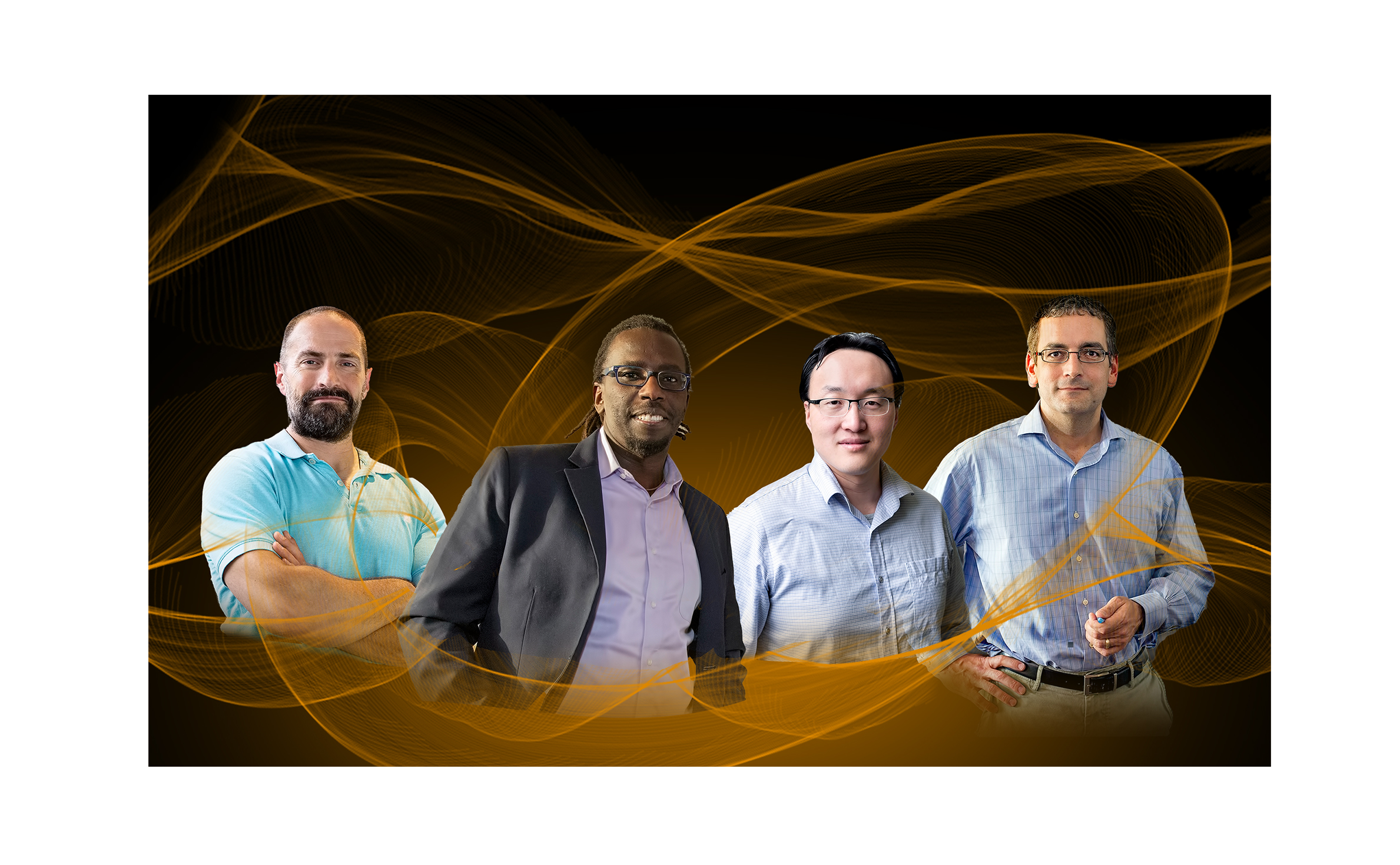
New public-private projects to speed fusion energy production come to PPPL
Two new fusion companies will work with PPPL to model their development concepts under the INFUSE program.

New findings could help scientists tame damaging heat bursts in fusion reactors
Physicists at PPPL discover a new trigger for edge localized modes (ELMs) — instabilities that can halt fusion reactions and damage the tokamaks that house such reactions.
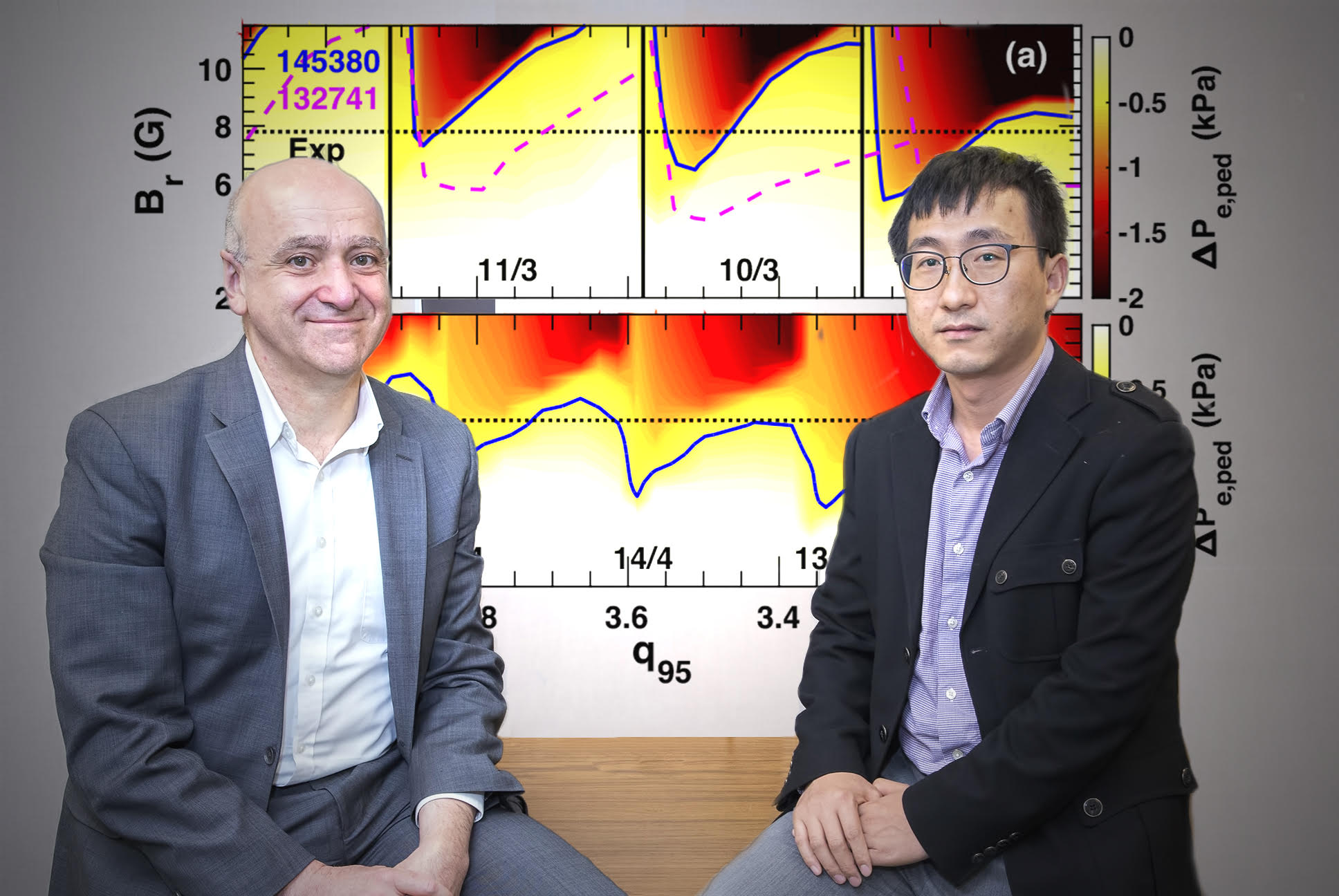
Scientists propose method for eliminating damaging heat bursts in fusion device
Researchers discover a technique for widening the windows of plasma current to enhance suppression of edge localized modes (ELMs) that can damage tokamak facilities.
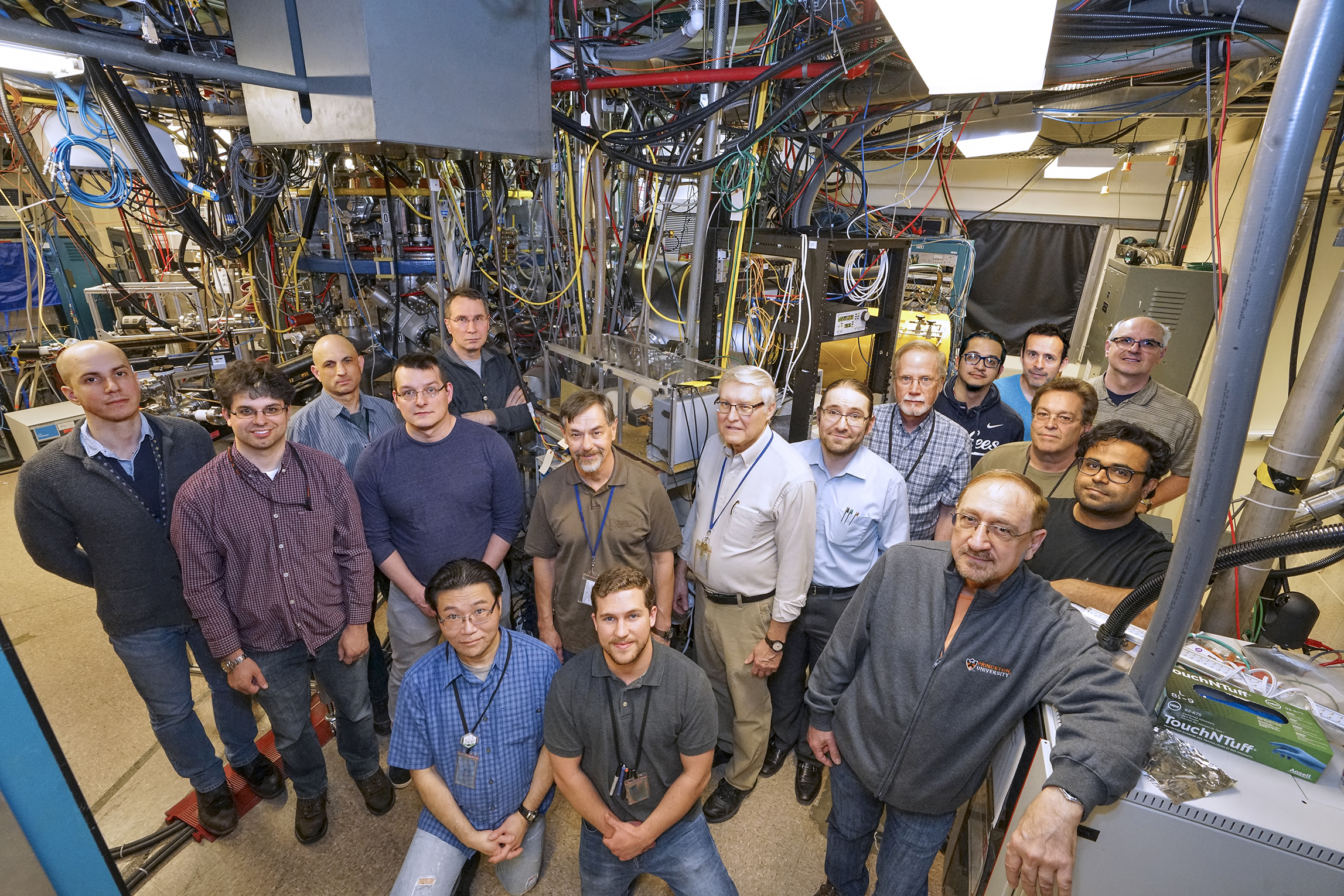
First results of an upgraded experiment highlight the value of lithium for the creation of fusion energy
Initial results of the Lithium Tokamak Experiment-Beta (LTX-β) at PPPL show that the enhancements significantly improve performance of the plasma that will fuel future fusion reactors.
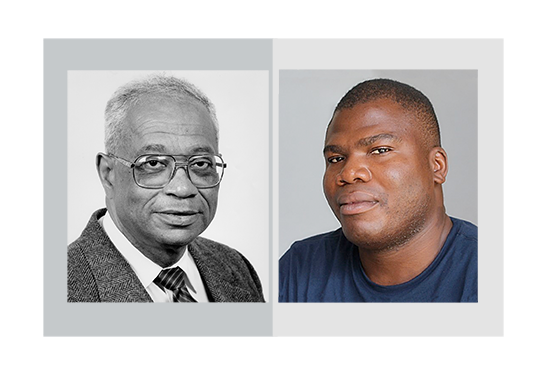
Accomplished early career physicist is first recipient of fellowship that honors pioneering PPPL physicist Robert Ellis Jr.
An early career physicist with a strong background in plasma physics has been named to a new postdoctoral fellowship named for Robert Ellis Jr., a pioneering physicist at PPPL, that is aimed at diversifying the plasma physics field.
Doctoral graduate Yuan Shi wins 2020 Marshall N. Rosenbluth Outstanding Doctoral Thesis Award
Profile of Yuan Shi, graduate of the Princeton Program in Plasma Physics based at PPPL and winner of this year’s Outstanding Thesis Award presented by the American Physical Society.
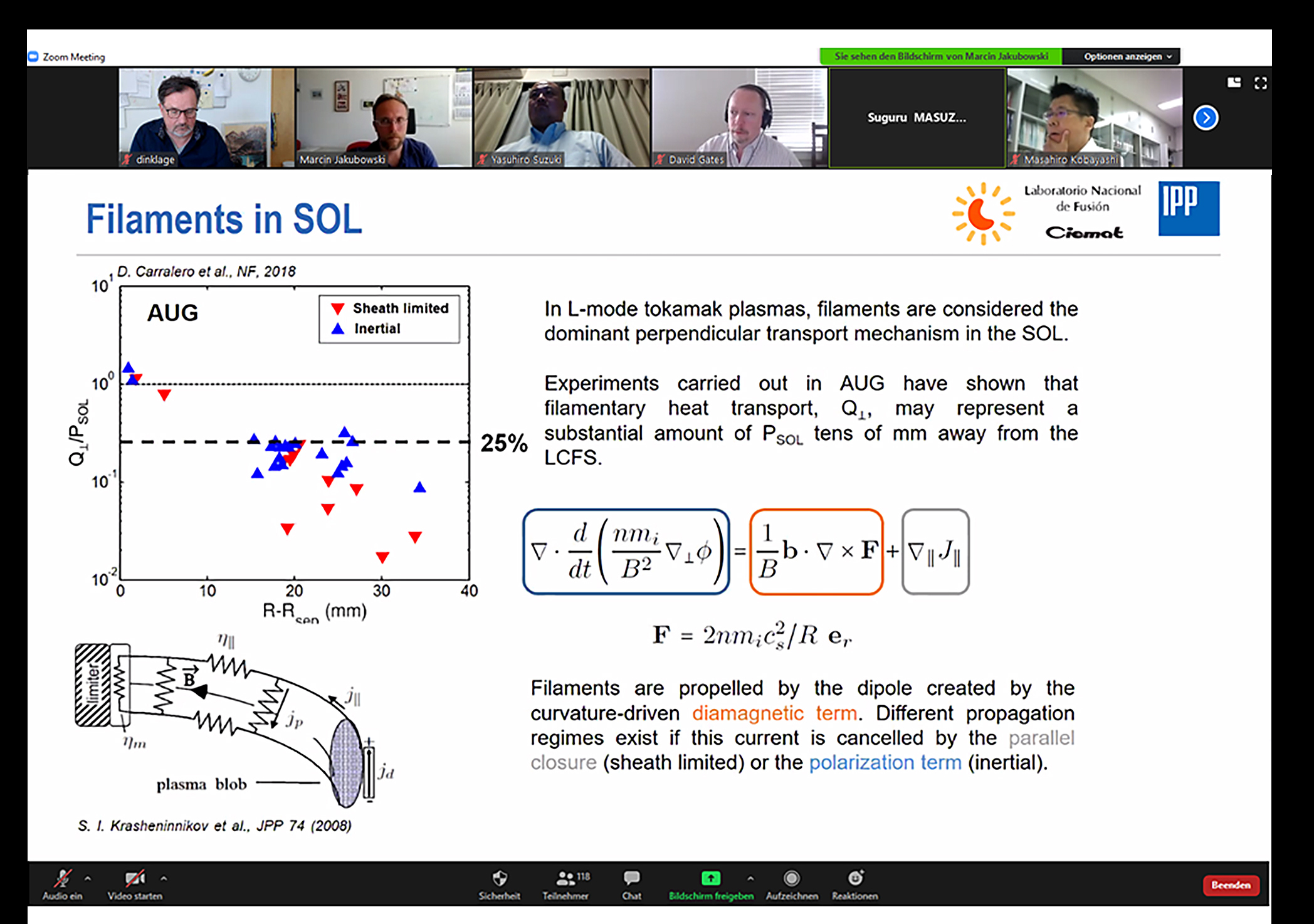
Worldwide Stellarator Research Goes Virtual
Article describes weekly virtual stellarator conferences held in lieu of annual face-to-face meeting because of COVID-19 travel restrictions.

Quest, PPPL’s annual research magazine, reports breakthroughs and discoveries during the past year
News release announcing online publication of the research magazine Quest.
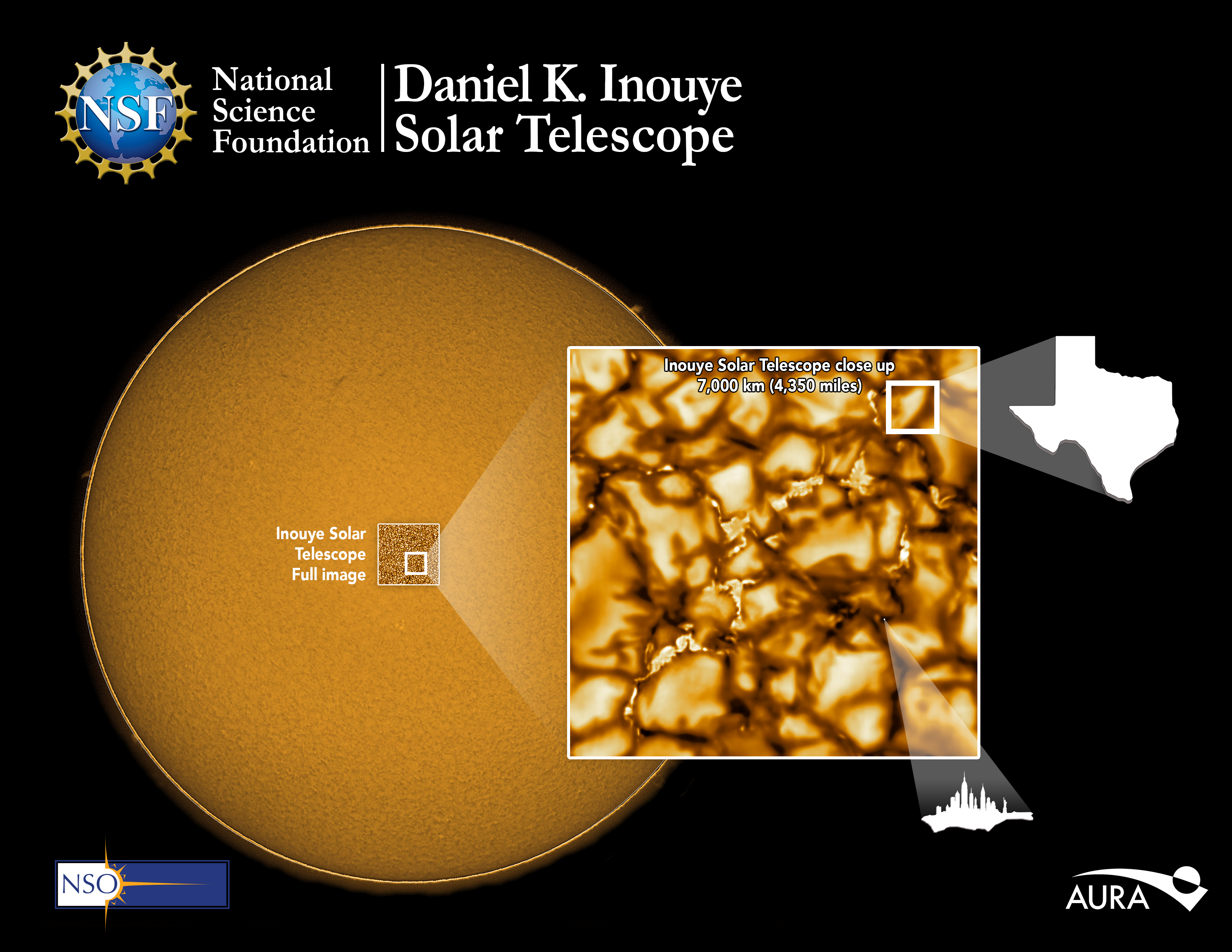
Matthew Kunz, Princeton and PPPL astrophysicist, receives prestigious NSF dual-purpose award
Profile of recipient of five-year NSF award to study the evolution of astrophysical magnetic fields and establish a summer school to attract women and underrepresented minorities to plasma physics.

Groundbreaking University of Maryland physicist wins Princeton Presidential Postdoctoral Fellowship to bring her mathematical skills to PPPL
Article profiles standout doctoral graduate who has developed a unique mathematical means to facilitate the development of stellarator fusion facilities.
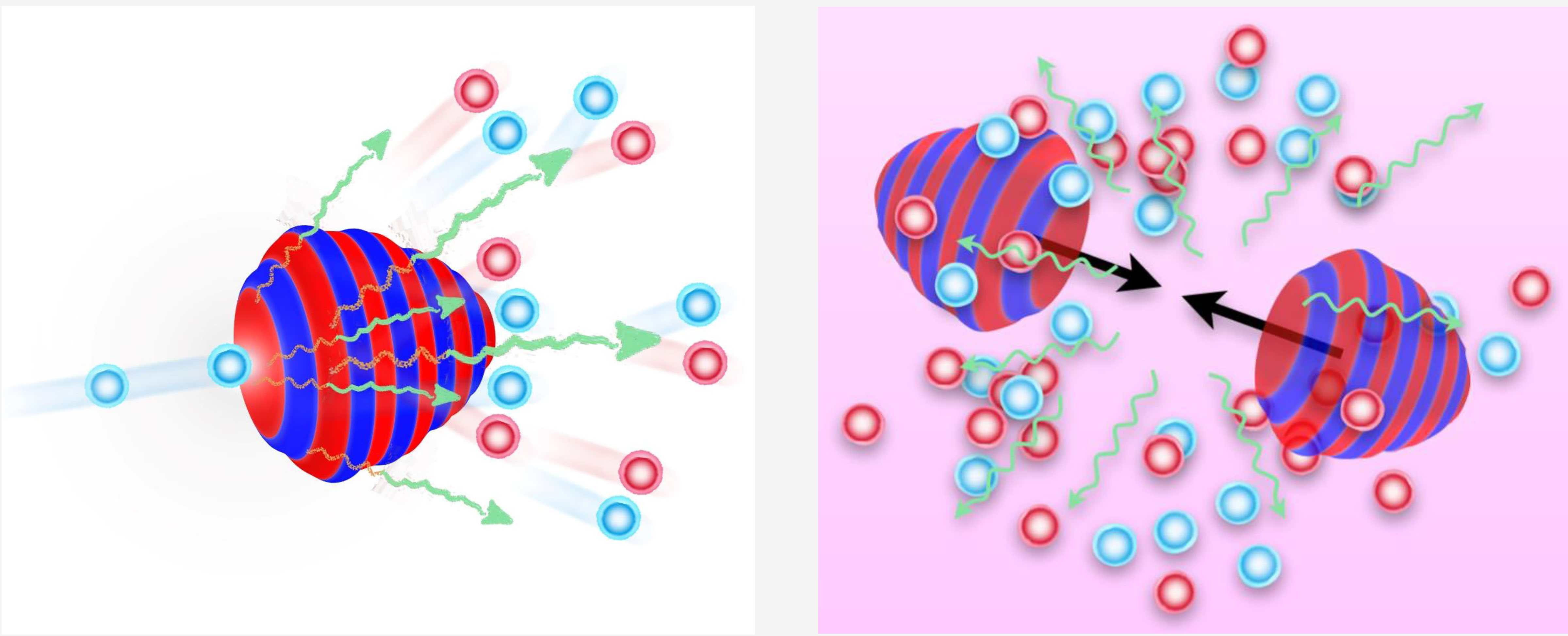
Next-Gen Laser Facilities Look to Usher in New Era of Relativistic Plasmas Research
Chirped pulse amplification increases the strength of laser pulses in many of today’s highest-powered research lasers, and as next-generation laser facilities look to push beam power, physicists expect a new era for studying plasmas. Researchers have released a study in Physics of Plasmas taking stock of what upcoming high-power laser capabilities are poised to teach us about relativistic plasmas subjected to strong-field quantum electrodynamics processes and introducing the physics of relativistic plasma in supercritical fields.

New insights into the dynamic edge of fusion plasmas could help capture the power that drives the sun and stars
Unique PPPL simulations reveal new understanding of the highly complex edge of fusion plasmas.
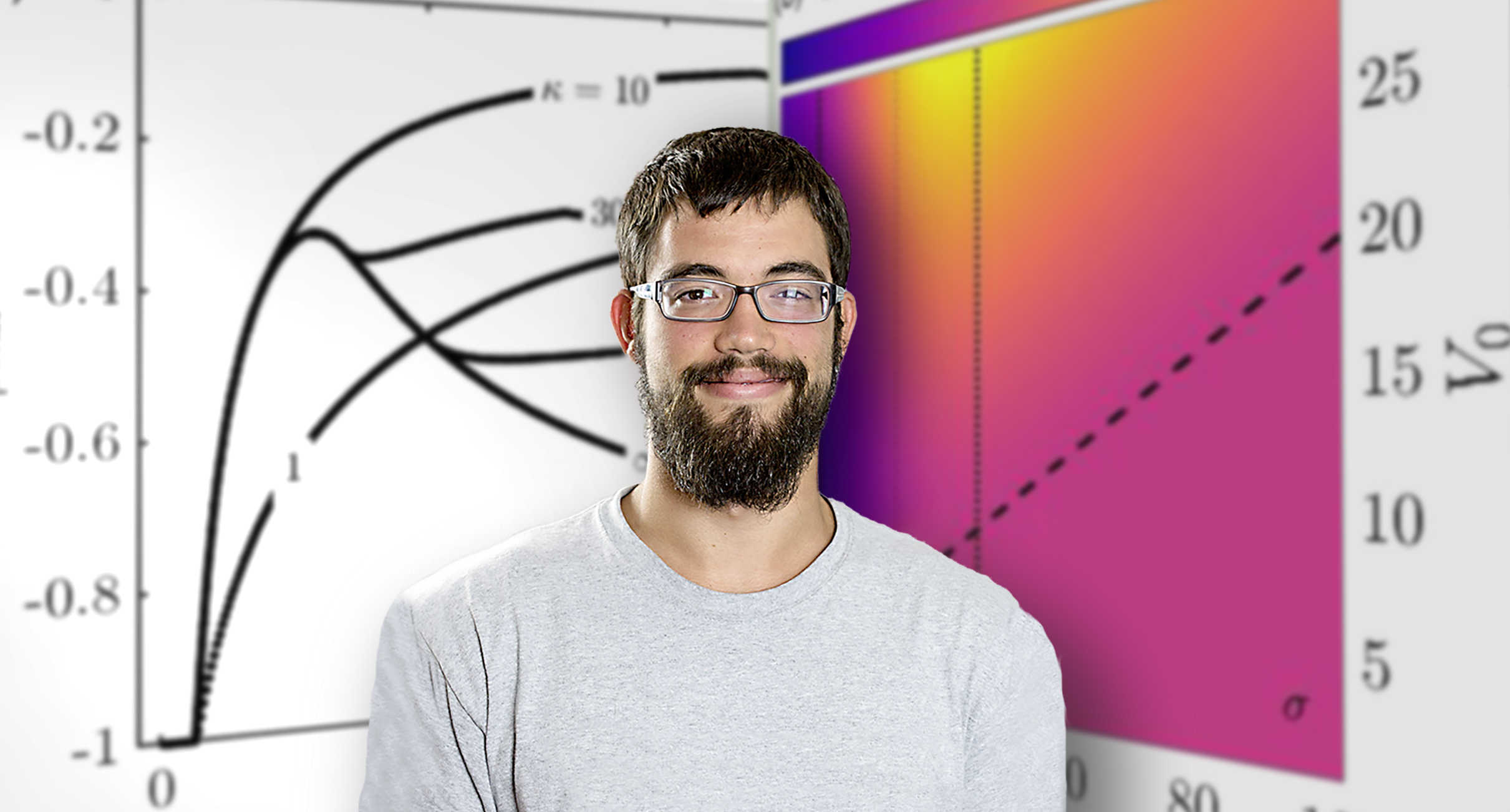
Scientists explore the power of radio waves to help control fusion reactions
New research points to improved control of troublesome magnetic islands in future fusion facilities.
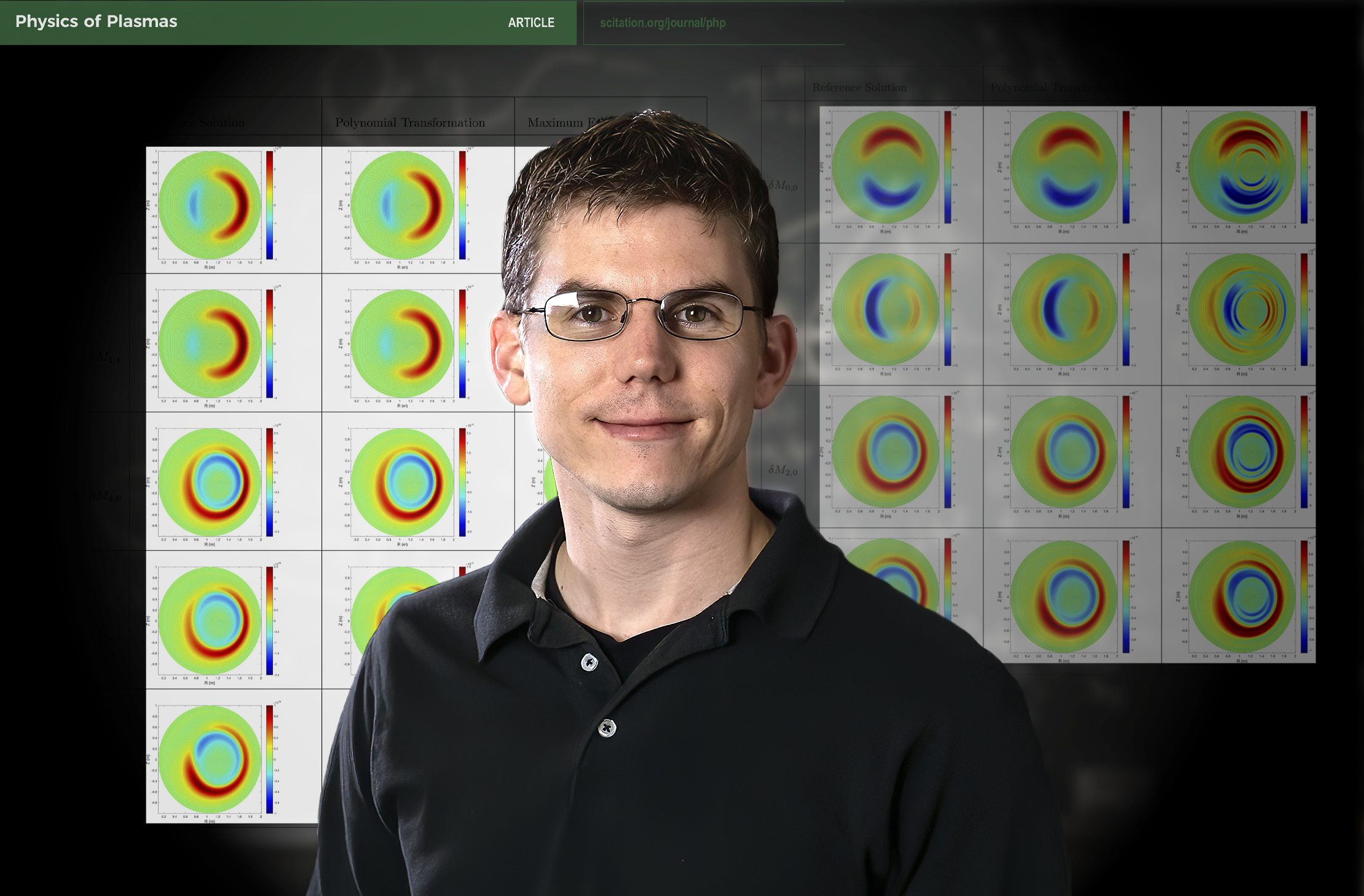
Applying mathematics to accelerate predictions for capturing fusion energy to predict the behavior of fusion plasma
PPPL scientists have borrowed a technique from applied mathematics to rapidly predict the behavior of fusion plasma at a much-reduced computational cost.
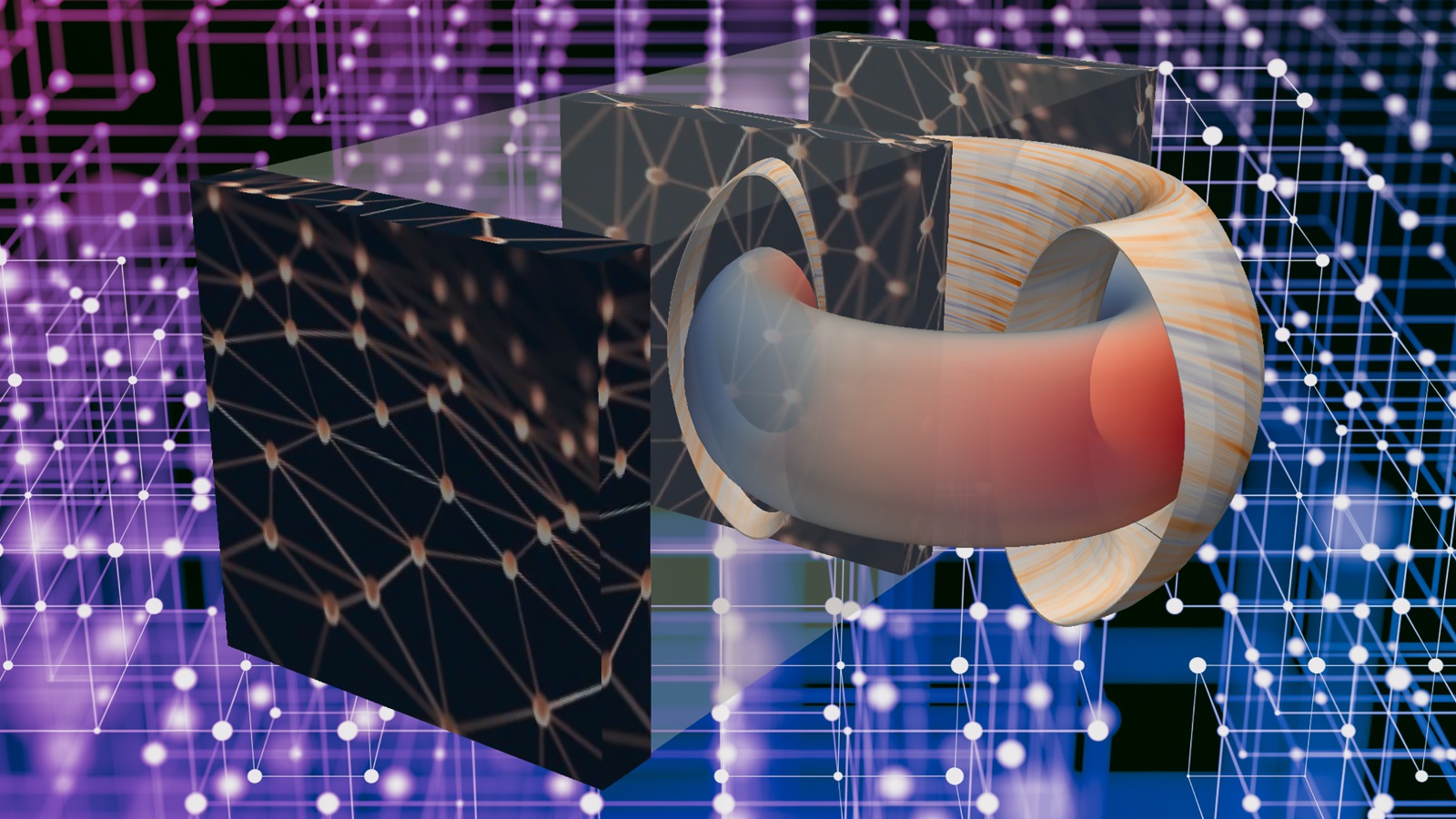
Preparing for exascale: Eliminating disruptions on the path to sustainable fusion energy
With the world’s most powerful path-to-exascale supercomputing resources at their disposal, William Tang and colleagues are combining computer muscle and AI to eliminate disruption of fusion reactions in the production of sustainable clean energy.
Particle beam could help map Earth’s magnetic field to understand how space weather impacts the planet
Magnetic field lines that wrap around the Earth protect our planet from cosmic rays. Researchers at PPPL have now found that beams of fast-moving particles launched toward Earth from a satellite could help map the precise shape of the field.
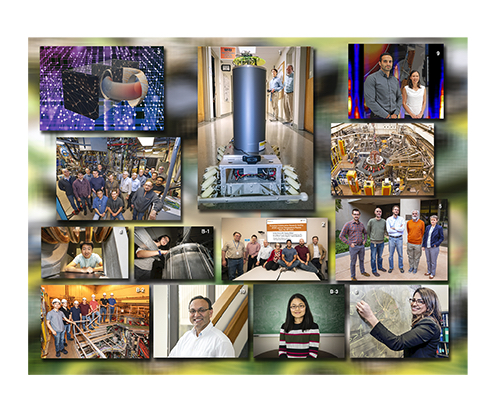
Ten not-to-be-missed PPPL stories from 2019 — plus a triple bonus!
Arms control robots, a new national facility, and accelerating the drive to bring the fusion energy that powers the stars to Earth: Ten (and a triple bonus!) Must-Read Stories of 2019 from PPPL

LLNL physicist elected to lead Division of Plasma Physics of American Physical Society
Lawrence Livermore National Laboratory (LLNL) physicist Denise Hinkel was elected vice chair of the American Physical Society (APS) Division of Plasma Physics (DPP) during the annual meeting Oct. 21.